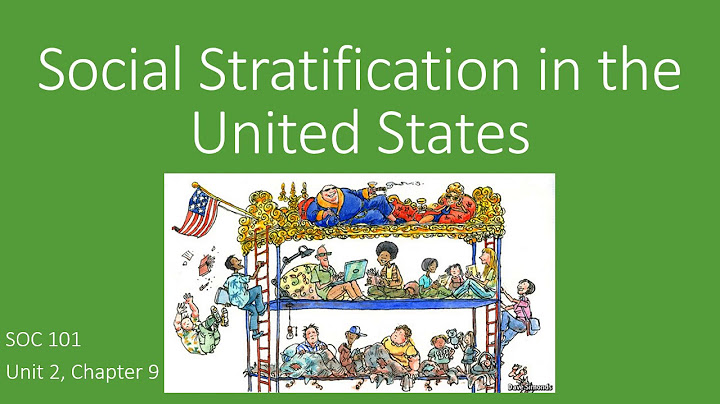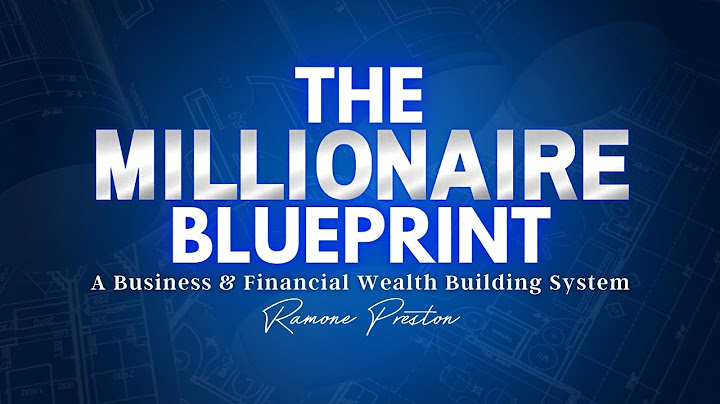journal article Show
Organization Science Vol. 5, No. 1 (Feb., 1994) , pp. 14-37 (24 pages) Published By: INFORMS https://www.jstor.org/stable/2635068
Read and download Log in through your school or library Purchase article $30.00 - Download now and later Purchase a PDFPurchase this article for $30.00 USD. How does it work?
Abstract This paper proposes a paradigm for managing the dynamic aspects of organizational knowledge creating processes. Its central theme is that organizational knowledge is created through a continuous dialogue between tacit and explicit knowledge. The nature of this dialogue is examined and four patterns of interaction involving tacit and explicit knowledge are identified. It is argued that while new knowledge is developed by individuals, organizations play a critical role in articulating and amplifying that knowledge. A theoretical framework is developed which provides an analytical perspective on the constituent dimensions of knowledge creation. This framework is then applied in two operational models for facilitating the dynamic creation of appropriate organizational knowledge. Journal Information This unique journal scans the globe for new research that draws upon multiple disciplines or levels of analysis: achieves genuine integration of theory, data, and managment applications; and improves organizational functioning. Artificial Intelligence Communications Theory Economics History Hypercompetition Information Science Organization theory Political Science Psychology Strategic Management Systems Theory Publisher Information With over 12,500 members from around the globe, INFORMS is the leading international association for professionals in operations research and analytics. INFORMS promotes best practices and advances in operations research, management science, and analytics to improve operational processes, decision-making, and outcomes through an array of highly-cited publications, conferences, competitions, networking communities, and professional development services. Rights & Usage This item is part of a JSTOR Collection. journal article The Art of Continuous Change: Linking Complexity Theory and Time-Paced Evolution in Relentlessly Shifting OrganizationsAdministrative Science Quarterly Vol. 42, No. 1 (Mar., 1997) , pp. 1-34 (34 pages) Published By: Sage Publications, Inc. https://doi.org/10.2307/2393807 https://www.jstor.org/stable/2393807 Read and download Log in through your school or library Read Online (Free) relies on page scans, which are not currently available to screen readers. To access this article, please contact JSTOR User Support. We'll provide a PDF copy for your screen reader.With a personal account, you can read up to 100 articles each month for free. Get StartedAlready have an account? Log in Monthly Plan
Yearly Plan
Purchase a PDFPurchase this article for $41.50 USD. How does it work?
Abstract In contrast to the punctuated equilibrium model of change, this inductive study of multiple-product innovation in six firms in the computer industry examines how organizations engage in continuous change. Comparisons of successful and less-successful firms show, first, that successful multiple-product innovation blends limited structure around responsibilities and priorities with extensive communication and design freedom to create improvisation within current projects. This combination is neither so structured that change cannot occur nor so unstructured that chaos ensues. Second, successful firms rely on a wide variety of low-cost probes into the future, including experimental products, futurists, and strategic alliances. Neither planning nor reacting is as effective. Third, successful firms link the present and future together through rhythmic, time-paced transition processes. We develop the ideas of "semistructures," "links in time," and "sequenced steps" to crystallize the key properties of these continuously changing organizations and to extend thinking about complexity theory, time-paced evolution, and the nature of core capabilities. Journal Information Founded in 1956 by James Thompson, the Administrative Science Quarterly is a peer-reviewed, interdisciplinary journal publishing theoretical and empirical work that advances the study of organizational behavior and theory. ASQ publishes articles that contribute to organization theory from a number of disciplines, including organizational behavior and theory, sociology, psychology and social psychology, strategic management, economics, public administration, and industrial relations. ASQ publishes both qualitative and quantitative work, as well as purely theoretical papers. Theoretical perspectives and topics in ASQ range from micro to macro, from lab experiments in psychology to work on nation-states. An occasional feature is the "ASQ Forum," an essay on a special topic with invited commentaries. Thoughtful reviews of books relevant to organization studies and management theory are a regular feature. Special issues have explored qualitative methods, organizational culture, the utilization of organizational research, the distribution of rewards in organizations, and critical perspectives on organizational control. Publisher Information Sara Miller McCune founded SAGE Publishing in 1965 to support the dissemination of usable knowledge and educate a global community. SAGE is a leading international provider of innovative, high-quality content publishing more than 900 journals and over 800 new books each year, spanning a wide range of subject areas. A growing selection of library products includes archives, data, case studies and video. SAGE remains majority owned by our founder and after her lifetime will become owned by a charitable trust that secures the company’s continued independence. Principal offices are located in Los Angeles, London, New Delhi, Singapore, Washington DC and Melbourne. www.sagepublishing.com What are the 4 organizational processes?4 Steps Involved In The Process Of Organizing Your Organization – Discussed!. Identification and Division of work:. Grouping the Jobs and Departmentalisation:. Assignment of Duties:. Establishing Reporting Relationship:. Which change model argues that an organization is constantly developing and adapting to its environment much like a living organism quizlet?Complex Adaptive Systems. The final model we will review builds on the assumption that all organizations are complex adaptive systems (CAS). That is, an organization is constantly developing and adapting to its environment, much like a living organism.
Which term describes a system for accomplishing and connecting activities that occur within a work organization?First, an organizational structure is a system for accomplishing and connecting the activities that occur within a work organization.
What is the type of change called when leaders assume that employees will change if they can be inspired to aim for greater degrees of excellence in their work?In deficit-based change, leaders assume that employees will change if they can be inspired to aim for greater degrees of excellence in their work.
|

zusammenhängende Posts
Werbung
NEUESTEN NACHRICHTEN
Werbung
Populer
Werbung

Urheberrechte © © 2024 ketiadaan Inc.


















